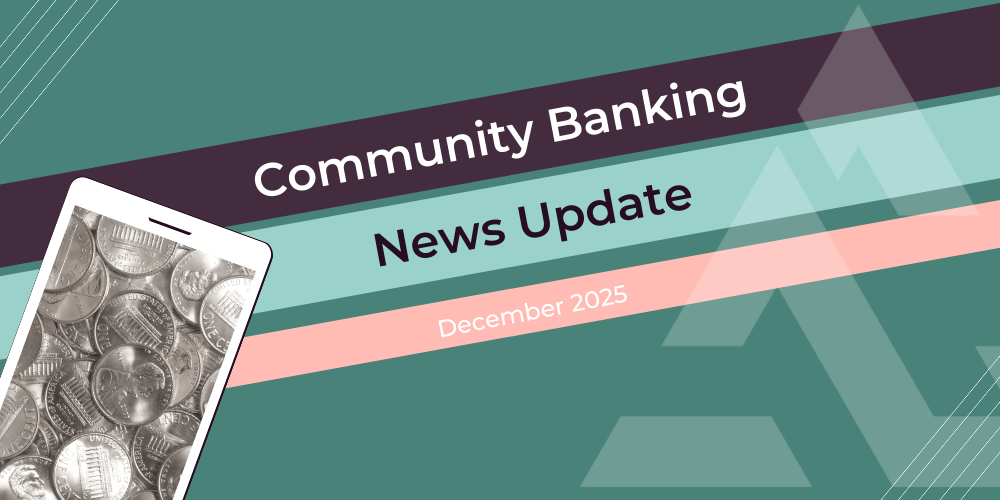I would like to give a brief review of lessons learned at the FedFis Roundup. First off, this being Acceleron's first time at the event, I would like to thank the FedFis team, Dave & Tanner Mayo, and the Sponsors for throwing such a great event. The structure made interacting with the banks and sponsors easy. Next, I would like to discuss the difference between banking as a service, or BaaS, and embedded finance. Banking as a service came about because FinTech companies lacked the regulatory authority to conduct banking services. They partnered with banks to compliantly offer services. While initially, FinTech was out to disintermediate banks, they now understand that they need banks in order to operate.
Some risks of working with FinTechs are:
- Is their mission to disintermediate banks?
- Are they a competitor?
- Will they be in business in 3 years?
- Is their goal to sell the company and is your bank ok with that outcome?
Embedded finance, on the other hand, is working with known non-bank brands that can act as a channel partner for your institution to grow. They provided the example of HEB, a grocery store chain in Texas. They have no intention of ever becoming a bank, so they are not competitive. They have a loyal customer base that is interested in utilizing banking services via HEB; HEB partnered with a bank to embed checking and savings accounts. HEB basically became a channel partner for the bank that provided the embedded financial account options. Their superior marketing and customer acquisition paired with the bank’s compliance yields a stable and profitable relationship, contrasted with the banking as a service model.
- HEB has no interest in disintermediation.
- HEB is not a competitor, it is a channel partner.
- HEB is well capitalized.
- Their goal is to provide better services to their customers over the long term.
Whether you go for banking as a service or embedded finance, it is important to lead with – AML, sanctions and consumer compliance. Compliance is the engine that allows for these services to be rendered, not an obstacle. Additionally, we learned about the upcoming CFPB 1033 rule, otherwise known as “open banking”. What this means is that in the future, customers will be able to change banks as easy as it is to change cell phone providers. If this makes you nervous, you need to up your customer service game! For many community banks this will be a great opportunity to seize clients from the too big to fail crowd. Every time a larger competitor is in the news, you can market to those customers in your footprint, bringing deposits and refinancing loans. This opens the door to providing more data related services to your customers allowing for better services, insights, and non-interest income. Last but not least, a number of our client banks mention the need to grow deposits. We met a company called Upgrade, that can move deposits to your institution in exchange for purchasing loans from their portfolio. While most institutions do 1:1 ratio of deposits to loans, Upgrade can do it at a 2:1 ratio if requested. They can also provide the ability to offer low-dollar consumer loans from your own website, which may be a revenue opportunity for your institution.
Prefer video to reading? Click to hear from Damon directly!
 Damon Magnuski, CEO, Acceleron
:
12/14/23 2:50 PM
Damon Magnuski, CEO, Acceleron
:
12/14/23 2:50 PM


